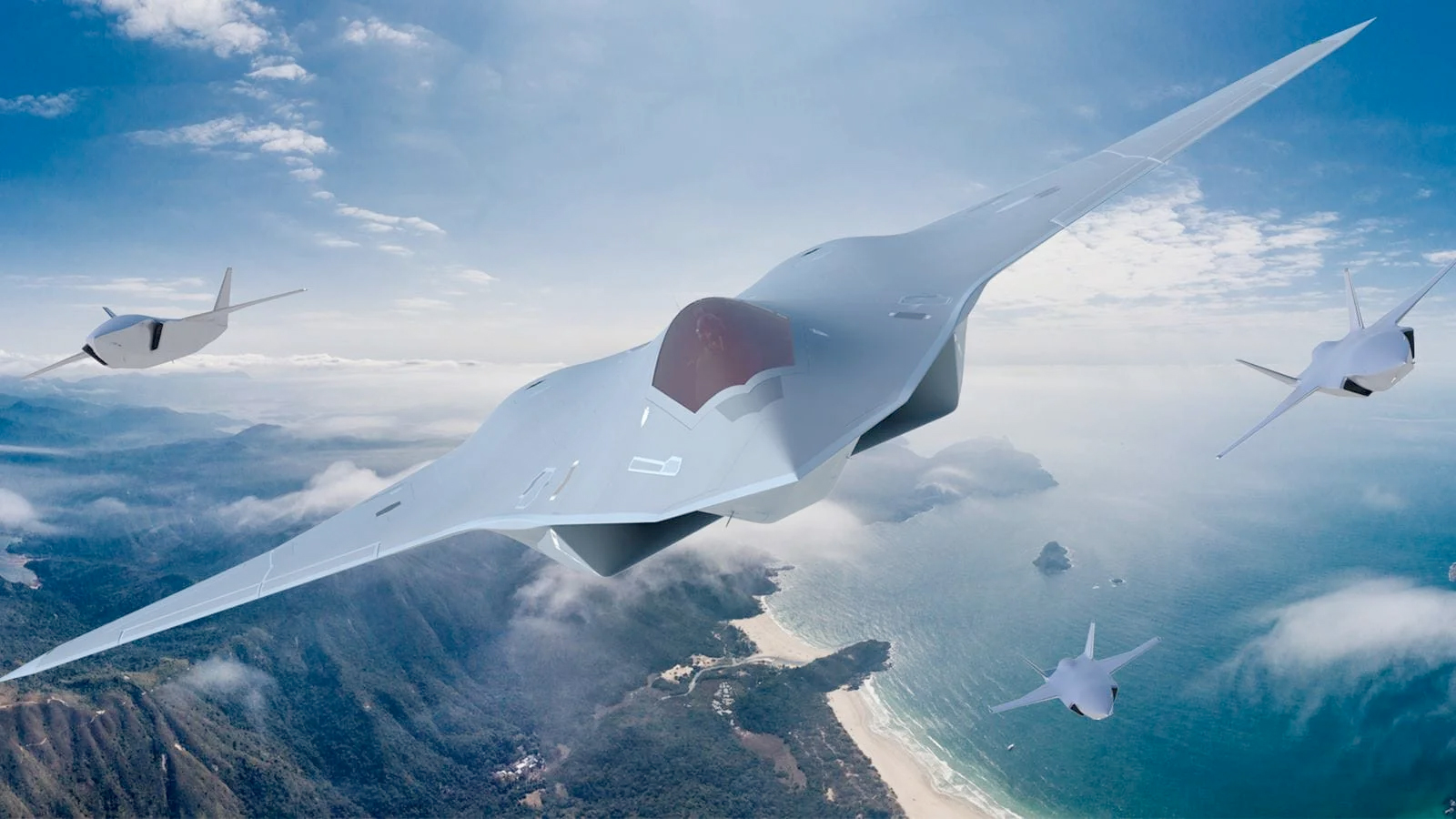The U.S. Air Force says it’s considering drone designs capable of being aerial refueled for its Collaborative Combat Aircraft (CCA) program with range capabilities similar to its existing fighter aircraft. It has also revealed new details about what kind of payload it wants these highly autonomous uncrewed aircraft to have from the start, as well as a price tag that is at the top of what was supposedly being considered before.
Taken together, there are growing signs that the kinematic performance and payload targets, as well as the overall complexity, of the CCAs are growing, and range is decreasing. This is concerning considering that for unmanned aircraft of this variety, range is traditionally one of their biggest advantages over their manned counterparts. Giving up range for higher performance and larger payload could limit how and where the CCAs are employed and make them dependent, like their fighter stablemates, on an increasingly overtaxed tanker force.
Thomas Lawhead, head of the Air Force Futures office at the Pentagon, discussed the potential for aerial refueling capability and other aspects of the CCA program during a virtual event the Air & Space Forces Association’s Mitchell Institute hosted on November 15. Secretary of the Air Force Frank Kendall also talked about the current state of the CCA effort at a separate event the Center for a New American Security (CNAS) think tank held on November 13, the basics of which The War Zone has already reported on.

“There is potential, depending on the offerer, for refueling capability in our first CCAs,” Lawhead said last week. “Future tranches and increments of CCAs will probably be refueled [in mid-air].”
Currently, the Air Force is planning around a fleet of at least 1,000 CCAs, but with the expectation that the size of that force will likely grow substantially. The 1,000-drone figure could very well become an initial tranches/increments, which the service hopes to start production of within the next five years.
The possibility of incorporating air-to-air refueling capability into the CCAs is being driven heavily by range requirements.
“So we think that, particularly in the initial tranche of CCAs, their range will be relatively the same as our current fighter fleet. [It could even] potentially be a little bit longer, which helps with the flexibility of how we would actually employ them, and we’re working through those concepts of employment right now.”
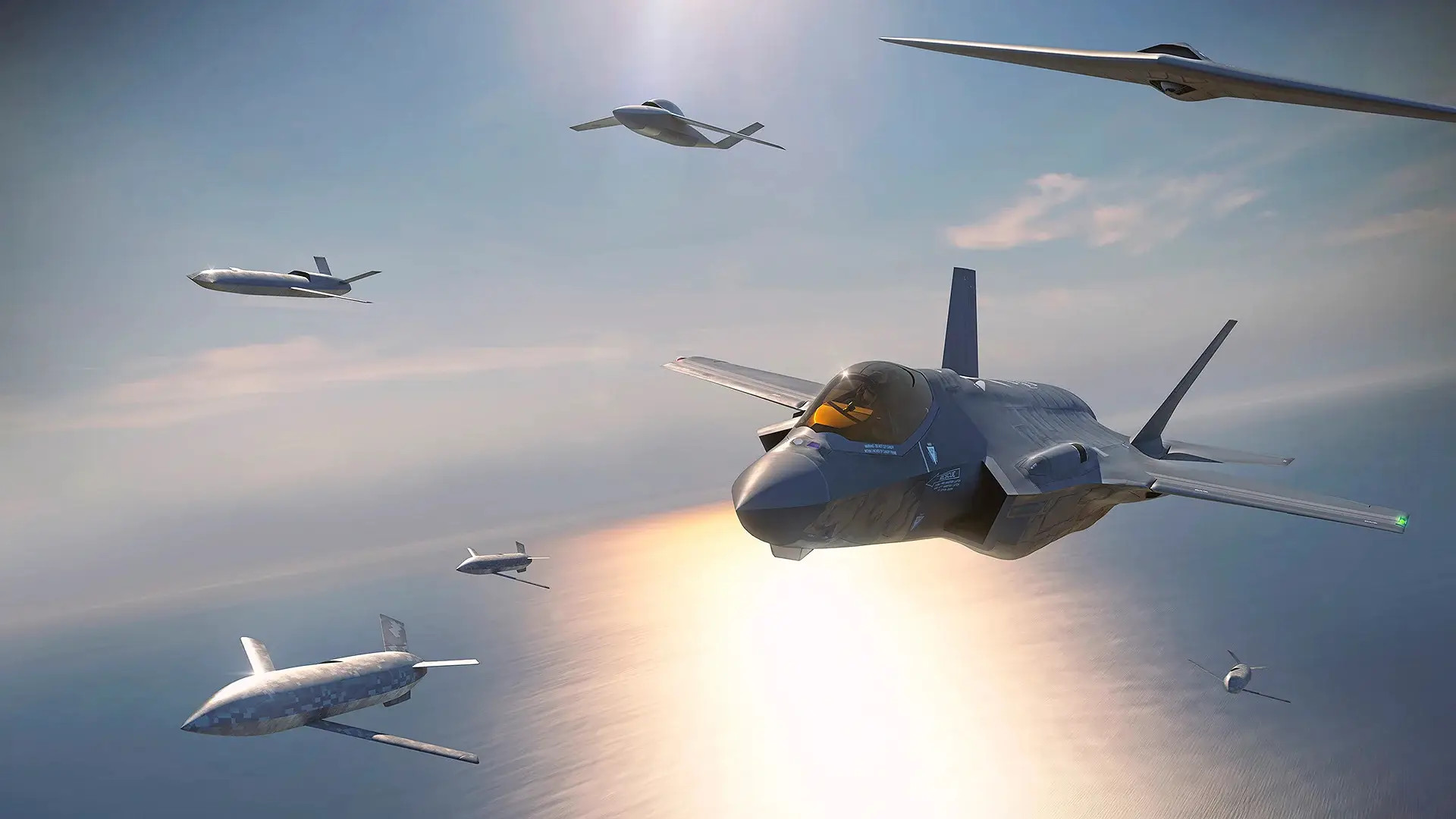
Lawhead also stressed the importance of payload requirements to the CCA program, but did not provide details on what those might be or what they might be comparable to.
“We need something that has range and payload characteristics, consistent with our operational concept,” Secretary Kendall said last week. “At the end of the day, … you’ve got to either fly ahead of or accompany crewed fighters, and have range and payload capabilities that are operationally consistent with that.”
The Air Force has long made clear now that, at least initially, it envisions CCAs working very closely with crewed combat jets, with a heavy focus on supporting air-to-air missions. The initial batch of drones, or further variants or derivatives thereof, as well as entirely different designs, could collaborate with other types of crewed aircraft in support of other mission sets, or conduct operations independently.
Secretary Kendall has also said in the past that the 1,000-drone fleet is based on a concept of operations that could see two CCAs paired with each of 200 new sixth-generation stealthy crewed combat jets being developed under the Next Generation Air Dominance (NGAD) program and 300 F-35A Joint Strike Fighters. He has added previously that a single pilot could potentially manage more CCAs if it is determined to be feasible technically and from an operator workload perspective.

Even with all this growing clarity about what the Air Force Force wants from its CCAs, there increasingly seems to be critical details left unspoken. If CCAs are to have a combat radius that is similar to existing crewed combat jets, and the drones otherwise have to keep up with those aircraft, then the desired platform seems all but certainly demand significant performance and/or payload capabilities. That, in turn, points to designs that are perhaps larger, as well as costlier, than might have been expected based on how the Air Force had presented the program in the past.
There has already been mounting evidence that this is the case. Last week, Secretary Kendall provided the most detailed estimates for how much a single CCA could be expected to cost. He pegged that figure at between one-third and one-quarter of the current price tag of an F-35 Joint Strike Fighter. Based on available F-35 cost data, this would mean the price of each CCA would be roughly between $20.5M and $27.5M.
To provide some further comparisons, the F-35A version of the Joint Strike Fighter, one of the crewed aircraft the Air Force has said it expects CCAs to work together with initially, has a publicly stated unrefueled combat radius of just over 650 nautical miles. This is, of course, dependent on a number of factors, and those fighters can also refuel in flight to extend their reach. The F-22 has a far lower combat radius, as do F-16s, for instance.
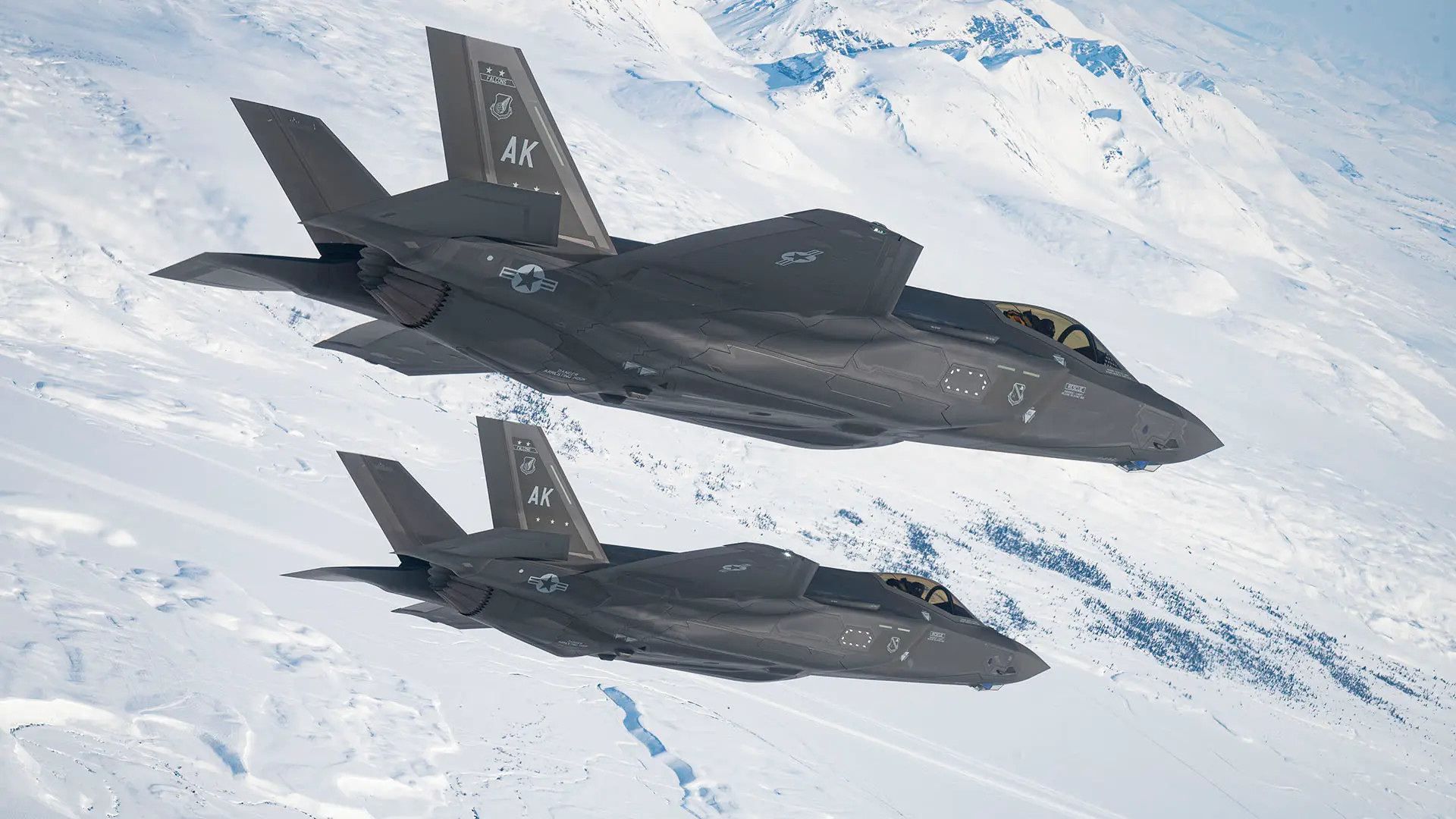
Drone maker Kratos has said in the past that its stealthy XQ-58A Valkyrie drone could have an unrefueled combat radius of up to 1,500 miles (3,000-mile total range), but with a maximum payload of just 500 pounds. The Air Force has been flying XQ-58As for years now and these drones have often been held out as an example of a design that could be pitched for the CCA program.

Boeing’s MQ-28 Ghost Bat, which was originally developed as a loyal wingman-type drone for the Royal Australian Air Force and the U.S. Air Force is now using to support its own advanced uncrewed aircraft work, has a stated maximum range of 2,000 miles. Some have extrapolated this to a combat radius of around 900 miles. To date, Boeing does not appear to have released details about the Ghost Bat’s expected unrefueled combat radius or payload capacity.
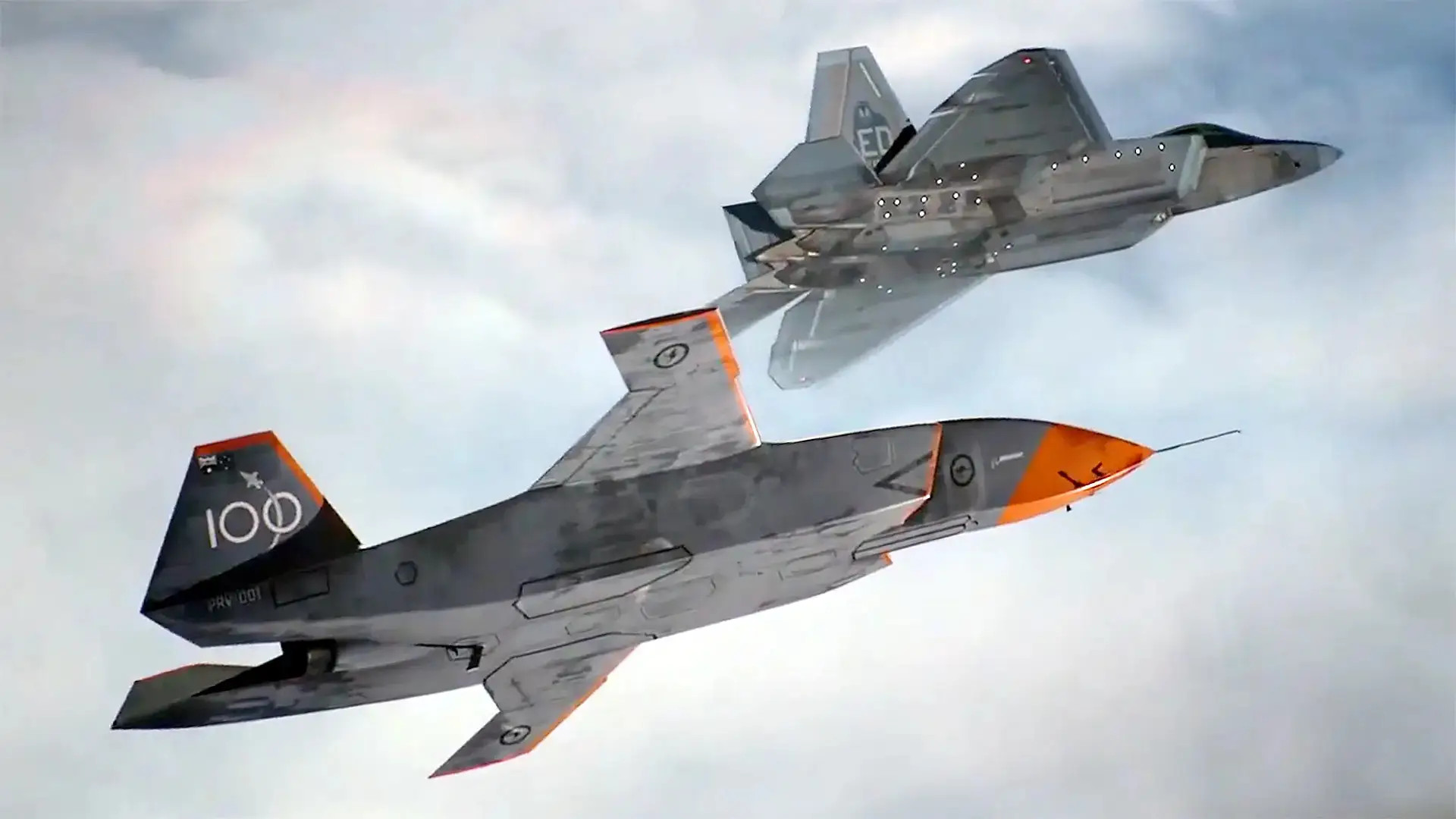
Neither the XQ-58 nor the MQ-28 can be refueled in mid-air, at least in their current configurations.
There is also the question of how these drones, which are meant to be paired with the Next Generation Air Dominance crewed tactical aircraft, will be able to match its reach if they are being designed to do so to match the shorter legs of current fighters in the inventory. One of the key features of the manned NGAD aircraft is known to be a much more generous range than its currently serving counterparts, which allows it to penetrate deep into the enemy’s anti-access bubble. If that too has changed, it would be a major development.
The vulnerability of tanker aircraft against a foe with long-range defenses, and especially in a theater like the vast Pacific, is a major issue, one we have pointed out for years. Now the Air Force is realizing the same and is actively working to mitigate it via a number of initiatives, including building a stealthy tanker in the decade to come. This very real problem would be offset by NGAD with a longer combat radius than existing fighters, but if their CCAs cannot match this, it’s a major issue.
Outside of range and payload, as well as the new cost details from Secretary Kendall, there have been other indications that the Air Force might be looking toward more capable, but also more complex and costlier designs for CCA than had previously been expected.
A CCA-related contracting notice the Air Force put out in September emphasized a desire for options that could offer “increased range, reduced runway take-off distance, increased Mach capability, increased power and thermal capacity, and increased payload.” All of this is in line with what Lawhead and Kendall said this week.
The September contracting announcement also explicitly identified interest in the drones having “3000-8000 lbf thrust class [jet] engines.”
While Kratos does not identify the specific turbofan engine it uses on the XQ-58A, the company does say that it is in the 2,000-pound thrust class. Boeing has only said in the past that the MQ-28 uses a “commercial turbofan engine.”

General Atomics, which is on contract to provide a drone from its Gambit family to the Air Force for the separate and secretive Off-Board Sensing System (OBSS) program, told Breaking Defense on the sidelines of the Dubai Airshow that the Williams FJ44 and unspecified types from Pratt & Whitney could be possible powerplants for that design, according to a story published just today. It seems very likely that a Gambit design will be proposed for CCA, as well. The most powerful known version of the FJ44 is in the 4,000-pound thrust class. This is also roughly the same thrust output as the Pratt & Whitney PW545B that General Atomics uses in its Avenger drone, although that is a very different kind of uncrewed asset than what CCA envisions, especially in terms of performance.

The FJ44 is also the engine that Anduril’s Fury, another drone that could be a CCA contender, was originally designed around. You can read more about Fury and the story of its development in detail in this past War Zone feature.
Regardless, the higher end of the thrust range that the Air Force says it is interested in for CCA is significantly greater than any of what is being actively discussed here, and could point to a desired design with at least a high subsonic/transonic top speed. But more than that, it is a sign of the desire for CCAs to have larger payloads than what has been hinted at in the past.
All of this could invite potential pitfalls. The Air Force, which continues to stress that it is still in the early phases of defining the core CCA requirements, has acknowledged a number of these itself.
Aerial refueling, for instance, “adds to their fueling complexity and the fuel needed in theater,” Air Force Futures head Lawhead said last week. “We think those are problems that are solvable going forward.”
Lawhead also indicated that the CCA range requirement may be more flexible than it otherwise seems and that the Air Force could consider novel ways to ensure that the drones can keep up with their crewed companions.
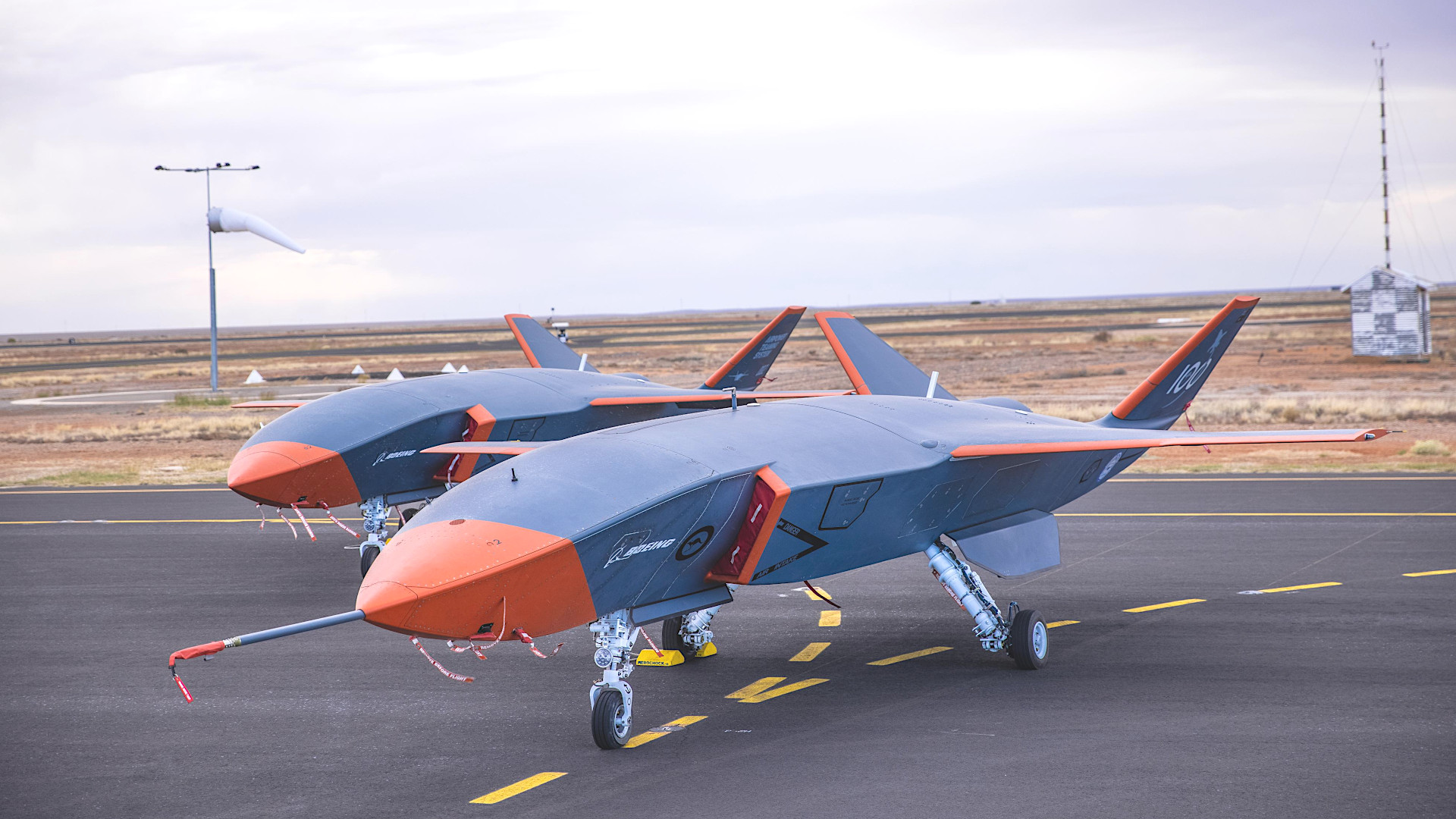
“Do we forward deploy and set the theater with CCAs already in theater?” Lawhead posed as a rhetorical question with regard to how these drones might be employed in the future. “What are the other things we want uncrewed aircraft [not necessarily just CCAs] to do, and whether that’s coming out of palletized effects, whether it’s being launched off of fighters, bombers, [or] whether it’s … special ops forces inserted into the battlespace.”
“Palletized effects” here appears to be a reference to the Rapid Dragon system that the Air Force is developing. Rapid Dragon is a palletized launch system that is designed to allow various kinds of cargo aircraft to employ different kinds of munitions and other stores (which could include air-launched drones) via their main cargo bays.

Lawhead’s mention of fighters and bombers air-launching drones is also interesting given that this is exactly what the Defense Advanced Research Projects Agency (DARPA) aims to explore through its LongShot program. DARPA hired General Atomics in September to build and flight test its proposed LongShot design.

The Air Force has explored the possibility of other fighter-launched drones in the past and has also been looking at the possibility of using other aircraft as drone motherships. At the same time, the core idea of launching a drone from a crewed combat jet is very different from what would be entailed in doing so with a CCA, especially if various requirements for those drones are expanding. In its marketing material, GA-ASI has already been depicting LongShot as being launched by large F-15-series jets due to their expected size and weight. Still, LongShot and similar designs do not seem representative of the baseline CCA requirements.
With regard to any growth in CCA’s requirements, the bigger issue could be cost.
“Obviously, once a CCA gets up towards the cost of an F-35, you might as well buy an F-35,” Lawhead, the head of Air Force Futures, noted last week. “So we will keep that cost down by, again, using that trade space between what it needs to do, what we need it to do, and how elaborate it needs to be.”
“You don’t want the full complement of systems that are on a fighter [on a CCA], but you want some subset of that,” Secretary Kendall said last week. “They’re not expendables. They’re intended to be systems that you can accept losses of a fraction of them and not have a big operational impact.”
That latter point is in line with how the Air Force has typically defined the term “attritable” in the past. However, that concept has always been somewhat nebulous and the service has steadily backed away from using it in recent years, especially with regard to CCAs. Instead, the preferred phrase is now “affordable mass.”
“It doesn’t mean though that this [CCA] is an attritable type of platform,” Maj. Gen. R. Scott Jobe, the Director of Plans, Programs, and Requirements at the Air Force’s Air Combat Command (ACC), said during a panel talk at the 2023 Air and Space Forces Association’s Warfare Symposium in March.
“We’ve got to make sure that everyone keeps an eye on that we’re going to reuse these air vehicles and that the decision for risk, of risk that we will take with these type of capabilities, will be at the mission command or at the combined forces air component command level,” Jobe added at that time. “It’ll be at the point in time when you’re making a risk decision in combat, not at the industrial side of design, not at the engineering level.”
“Affordability is only as good as the capability that goes with it. No matter how cheap it is, if it doesn’t achieve the effect we need… in the battlespace, then it’s not going to do what we need it to do,” Brig. Gen. Dale White, the Air Force’s Program Executive Officer for Fighters and Advanced Aircraft, another member of the panel Jobe was on in March, also said. “So affordable mass has to be based on affordability and capability… We have to start thinking through the lens of lethality for development.”

The War Zone noted then that there seemed to be signs emerging of a debate within the Air Force about exactly where the sweet spot might be between affordability and capability when it came to CCAs. The Air Force has repeatedly insisted that CCAs will be essential for providing adequate aerial combat capacity, especially in a future high-end conflict, such as one against China in the Pacific, and therefore need to be low-cost enough to be procured in large quantities and built quickly.
All of this gets at broader issues about just what any changes in the fundamental requirements will mean for the future of the CCA program. Demanding near-fighter-like range and performance, as well as appreciable payloads could easily result in a costlier platform without the benefit of increased range that gets away from what this entire effort was supposed to be about at the start. Things like an aerial refueling requirement could further negate key cost, production, and operational advantages that these uncrewed aircraft might otherwise offer if they were cheaper to acquire and field in large numbers, as well as easier to operate and maintain.
A family of systems, with drastically different performance capabilities will likely be needed to build-out a robust unmanned-manned teaming capability in the future. Lockheed Skunk Works made just this case for a ‘distributed’ concept some time ago, but as it sits now, the USAF looks focused on a more centralized solution in terms of the CCA program. This could change over time though.
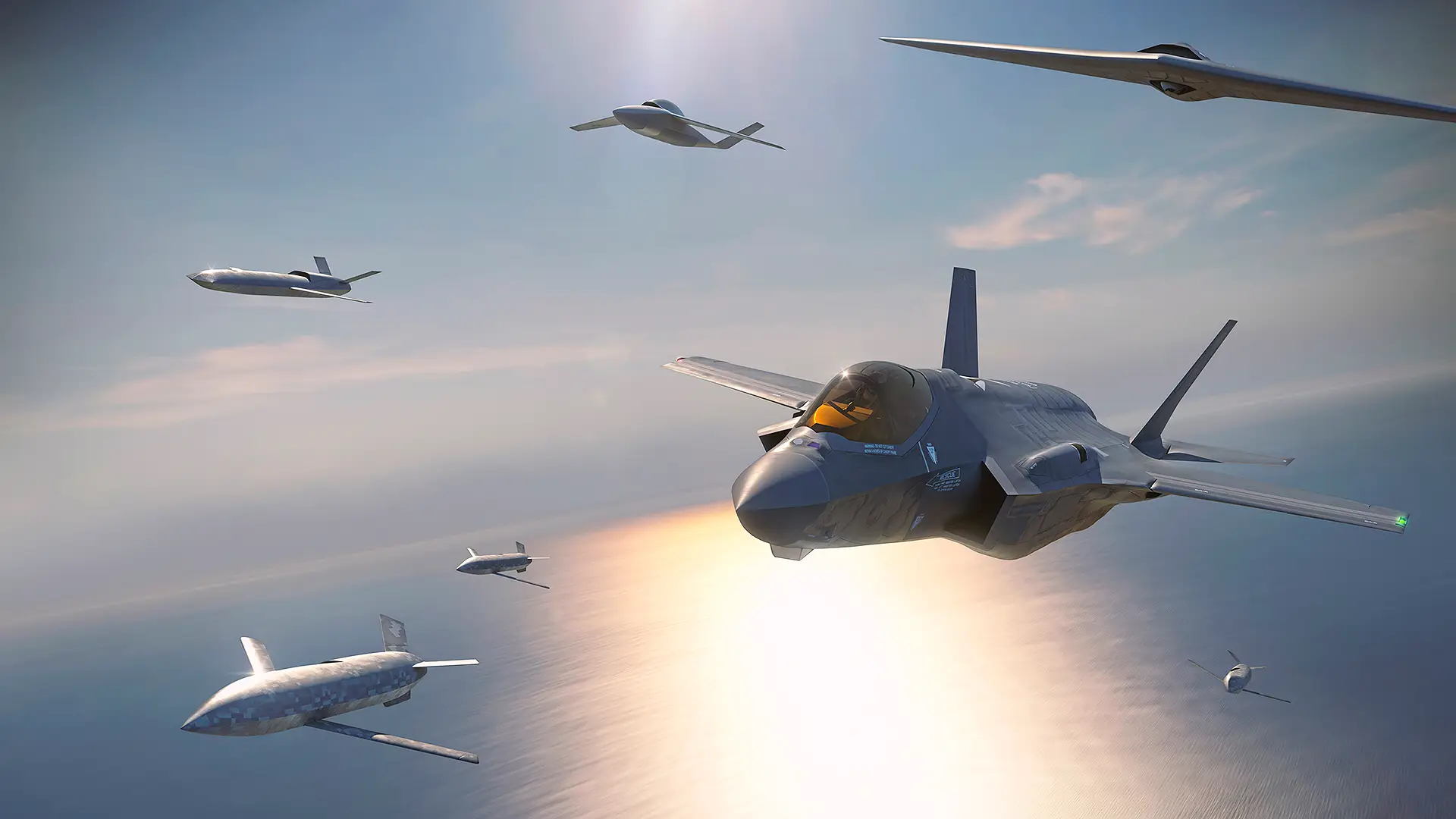
It is clear that much about the CCA program and its requirements remain unsettled, and there is still the potential for things to change further as time goes on. At the same time, there is now something of a steady stream of new details about what the Air Force wants from these drones and the picture that seems to be coalescing now seems different in many key aspects from how things have been presented in the past. With its vision being centered on a higher-performance, higher-payload, short-ranged initial CCA platform.
Contact the author: joe@thedrive.com and tyler@thedrive.com
